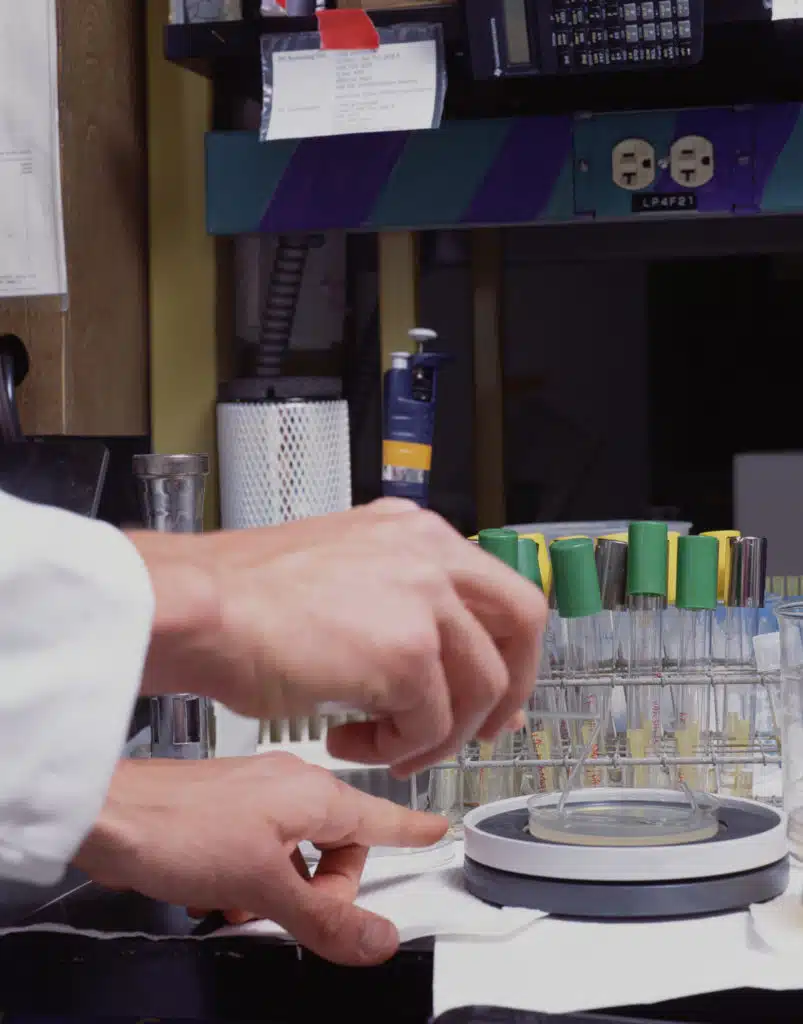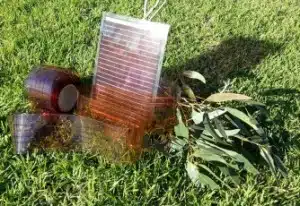A new light-absorbing ink heralds the possibility of solar cells that require little more than a printer.
Dr Anthony Chesman, a CSIRO scientist, has developed an ink that could print solar cells on plastic and metal foils, opening up the possibility of lightweight, cheap and easy-to-install solar power.
“We imagine a future where durable solar cells are printed by the metre and are so cheap that you can afford to install them on pergolas, garden sheds, or even your caravan for when you hit the road,” says Anthony, a member of the Flexible Electronics Theme at CSIRO in Melbourne.
“This source of renewable energy will go a long way to lowering household electricity bills,” he says.
The ink contains a light-absorbing material in the form of nanocrystals, tiny particles that are just nanometres in size. The techniques used to print the ink are similar to those that the CSIRO developed for plastic bank notes.
Anthony says the new cells will have a great advantage over the silicon solar cells that people install in their homes, which were often heavy and expensive.
“Because these solar cells can be millimetres thin, extremely light and produced as rapidly as a printed magazine, this technology overcomes many of silicon’s current limitations,” he says.
“It would be fantastic to see this technology continued to be developed in Australia, because it creates amazing opportunities for our local manufacturing sector to create a technological impact and help the global environment.”






 Fresh Science is on hold for 2022. We will be back in 2023.
Fresh Science is on hold for 2022. We will be back in 2023.